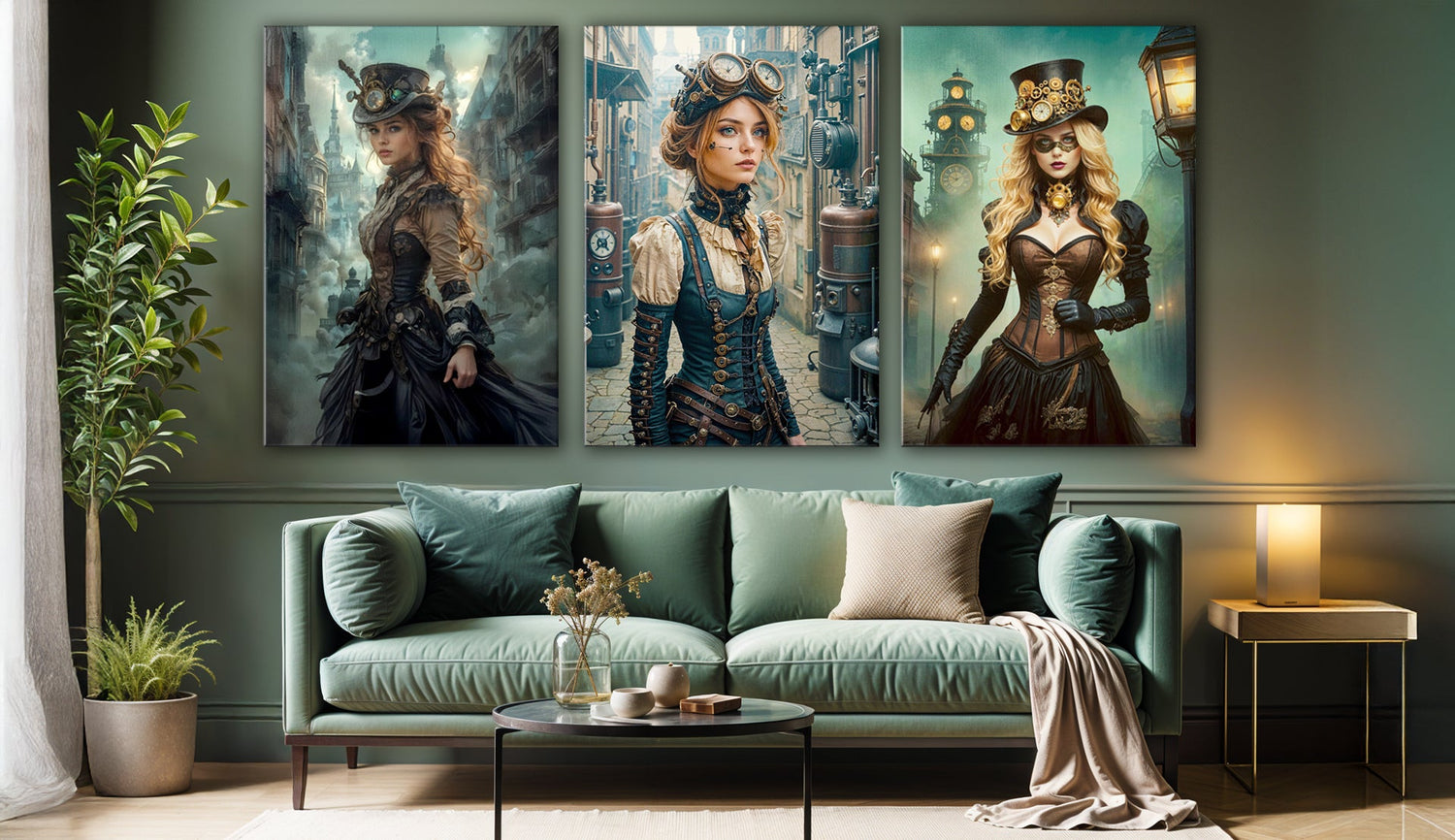
The Frameless Revolution: Modern Aesthetics in Acrylic Art
Why Is Frameless Acrylic Art Suddenly Everywhere?
Walk into a modern living room or flip through any design magazine lately, and you might spot something different: art prints that float on the wall, almost as if by magic, with no frame in sight. It’s tough to say if this is just a blip on the style radar or something bigger, but the buzz around frameless acrylic art definitely seems to be growing.
People have a lot of opinions about this look. Some see it as the next big step for wall decor—cleaner, lighter, and much more contemporary. Others might say it feels a bit cold or maybe just too minimal for their taste. Honestly, it probably depends on your mood, your space, and the kind of vibe you want to create.
The Floating Effect—What’s the Appeal?
One thing that keeps coming up is how frameless acrylic prints interact with light. These prints, made from a 4mm-thick, glassy acrylic, catch and reflect sunlight in ways that a traditional canvas just doesn’t. It gives the artwork a sort of glow, and in certain rooms, the colors seem almost amplified. That said, if your room gets a lot of harsh direct sun, there might be some glare. Some folks have found that a bit frustrating, especially in spaces meant for relaxing.
It’s probably this “floating” quality that attracts a lot of minimalists and design lovers. The lack of a frame allows the print to look weightless, hanging about half an inch from the wall. In rooms that are already open and airy, this might make everything feel even more spacious. Yet, in cozier or more traditional spaces, a frameless print can stand out—sometimes for better, sometimes for worse.
Do Frameless Prints Only Work in Modern Spaces?
At first glance, you’d expect frameless acrylic to only work in ultra-modern apartments or offices. Oddly enough, people are now mixing these prints with classic interiors, too. Think of a vintage-inspired dining room: wallpapered walls, antique wood, and right in the middle, a luminous frameless botanical print. Some designers believe this mix of old and new can add unexpected personality. Others remain skeptical and say a frame provides needed warmth or a sense of “completeness.”
Frameless prints have become popular in practical spaces as well—kitchens, bathrooms, kids’ rooms—mainly because acrylic is easy to wipe clean and stands up to moisture. The edge-to-edge look also makes these prints easy to group together for a gallery wall, which is likely a big reason why they’re everywhere on Pinterest.
Visual placement inspiration:

Quality (and Critique) in the Details
If you look closely, the craftsmanship involved in frameless acrylic prints stands out. The acrylic gets laser-cut for smooth, sharp edges, while prints are made using high-res technology for clarity and depth. Some folks argue that the lack of a frame actually puts more pressure on the quality of both the image and the print itself. There’s nowhere to hide imperfections, and the hardware matters—mounts have to be nearly invisible, or the “floating” trick just doesn’t work.
It’s not perfect for everyone. A few traditionalists have pointed out that losing the frame might also mean losing some sense of tradition, and they’re not wrong. Sometimes a frame really does finish a piece, especially in rooms where texture and detail are already in play.
Should You Try Frameless at Home?
There’s no universal answer. If you like a clean, modern look and want your wall art to pop, frameless acrylic is likely worth a try. If you love texture, wood, or that tactile, finished feel of a classic frame, you might want to start with a smaller piece or try mixing framed and frameless together.
One thing’s for sure: the frameless revolution isn’t about following rules but about seeing what fits your life and space.
Curious how the frameless style might look in your home? Maybe now’s the moment to give it a go. One new piece could change your whole wall—and maybe your mood, too.







